Stellantis is late to the hands-free party but plans to arrive with a bang. It’s newly introduced AutoDrive system is designed to allow the driver to take their hands and eyes off the road in low-speed situations. However, officials aren’t making the system available right now.
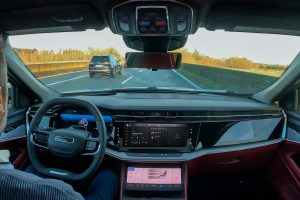
Stellantis unveiled STLA AutoDrive 1.0, the company’s first in-house-developed SAE Level 3 automated driving system.
The new system is considered Level 3 at speeds of 37 mph or slower. It allows the driver to do other things instead of driving the vehicle, such as watch a movie or read a book. Currently there is only one other system that meets Level 3 standards approved for use in the U.S. right: Mercedes-Benz’s Drive Pilot system.
Mercedes’ system is only available for use on major freeways in California and parts of Nevada. The restrictive use case is the primary reason Stellantis isn’t offering on vehicles in the U.S. right now. It’s also limited to use at speeds of less than 40 mph.
“Our Level 3 technology is fully developed and ready for deployment, but the current market for autonomous driving at this level remains very limited,” Frank Matyok, Stellantis spokesman, told the Detroit Free Press.
STLA AutoDrive 1.0 works at Level 3 capability at speeds of 37 mph or less, although it may rise to 59 mph in the near future.
“We have made the strategic decision not to launch it at this time. Once the market matures and conditions become more favorable, we will evaluate the path to commercialization.”
What is it
Officially dubbed STLA AutoDrive 1.0, it is the company’s first automated driving developed completely in-house, the company noted. Officials note it’s a “key pillar” of its technology strategy along with STLA Brain and STLA Smart Cockpit. No word on what it will cost once it does become available.
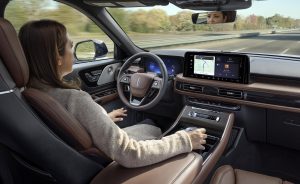
After 37 mph, AutoDrive drops to Level 2 functionality, similar to Ford’s BlueCruise (above) and GM’s Super Cruise.
“Helping drivers make the best use of their time is a priority,” said Ned Curic, Stellantis Chief Engineering and Technology Officer. “By handling routine driving tasks, STLA AutoDrive will enhance the driving experience, making time behind the wheel more efficient and enjoyable.”
It works at Level 3 up to 37 mph, but it has the potential to do it up to 59 mph in the near future, officials said. Currently, it offers Level 2 semi-autonomous capability like General Motors’ Smart Cruise and Ford Motor’s BlueCruise technologies when traveling at speeds higher than 37 mph.
AutoDrive merges the capabilities of adaptive cruise control and lane centering Level 2 mode, including Level 2+ which is hands off the wheel, eyes on the road.
More Stellantis News
- Shake-up Sends Once-Rising Stellantis Star Kuniskis into Retirement
- CEO Carlos Tavares’ Resignation Leaves Stellantis Rudderless
- Stellantis Shuffles the Deck Again While CEO Search Continues
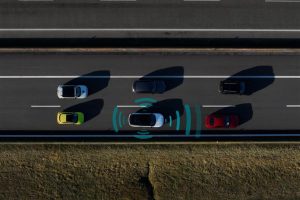
It allows the driver to do other things instead of driving the vehicle, such as watch a movie or read a book.
Making it work
The system is designed for simplicity: when traffic and environmental conditions align, drivers are notified that STLA AutoDrive is available.
Once activated by a physical button, the system takes control, maintaining safe distances, adjusting speed, and managing steering and braking seamlessly based on traffic flow.
STLA AutoDrive continuously monitors its surroundings using an advanced suite of sensors to “ensure high-precision awareness and reliable operation.”
The system is designed to work at night or in challenging weather conditions such as light rain or road spray. To ensure it’s functioning optimally, an automated sensor-cleaning system keeps critical components clear for optimal reliability and functionality.

Mercedes’ Drive Pilot is electronically limited to no more than 40 mph on interstates and some other divided highways
Other systems
Taking extra precautions or using redundant systems is seen by most proponents of autonomous or semi-autonomous technologies as the key. The aforementioned Mercedes Drive Pilot uses an array of sensors, radar and cameras to navigate.
However, not everyone agrees that’s necessary. Tesla CEO Elon Musk moved away from everything, using only cameras to guide the company’s current version of Full Self-Driving. He’s repeated said it will be able to offer at least Level 4 capability.
Further complicating the implementation of the technology is the differing standards among the U.S. states. California’s been allowing for the testing of various technologies for several years, including Full Self-Driving, which is in its beta phase. Also GM’s Cruise subsidiary had been testing in San Francisco until the company shutdown the unit, bringing the technology in-house.

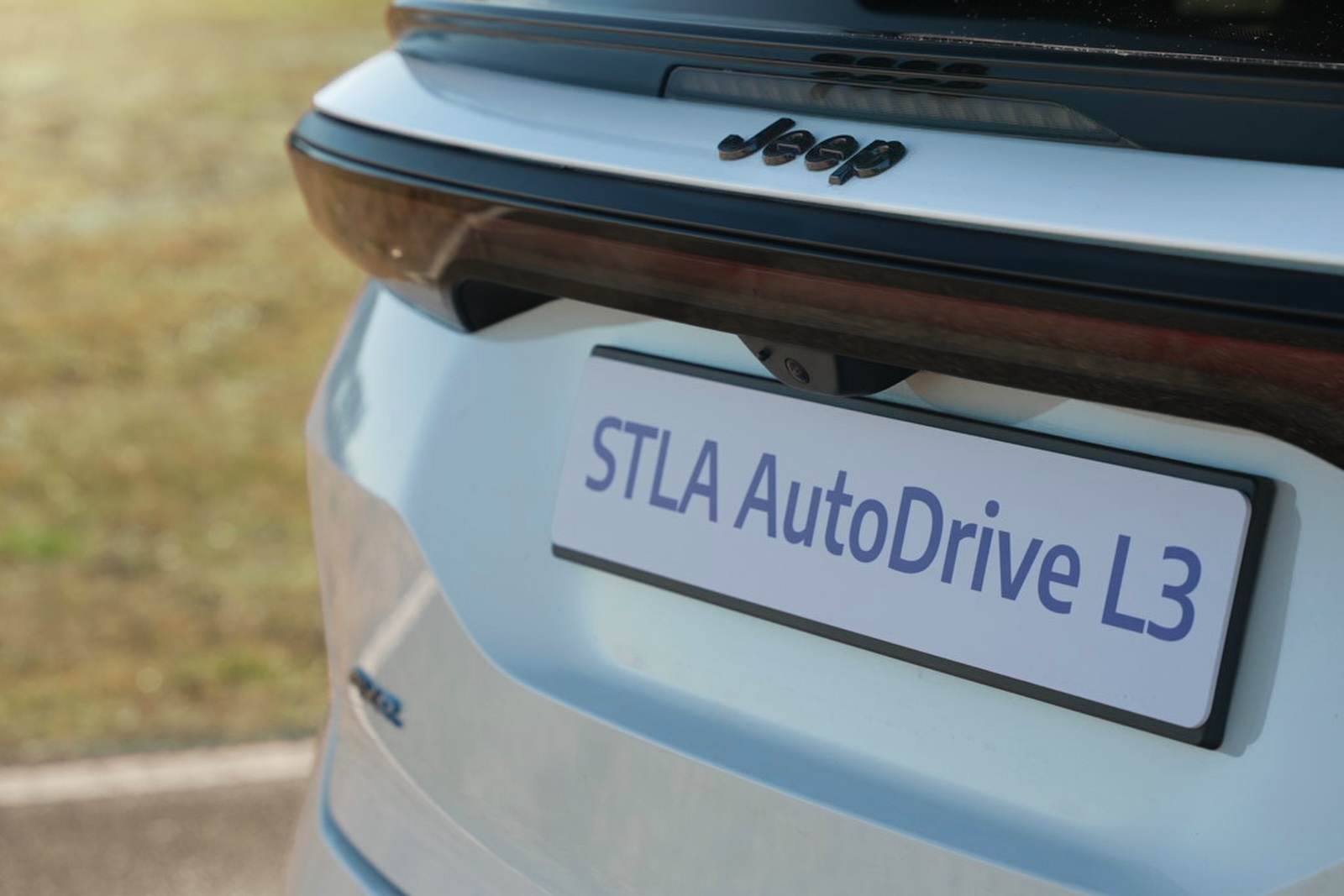
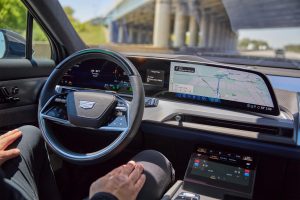
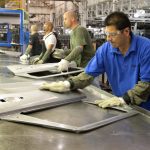
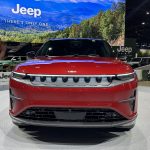
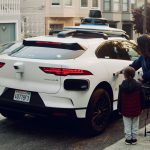
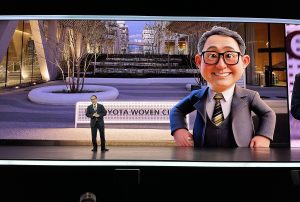
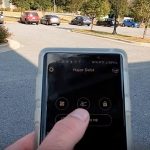
0 Comments